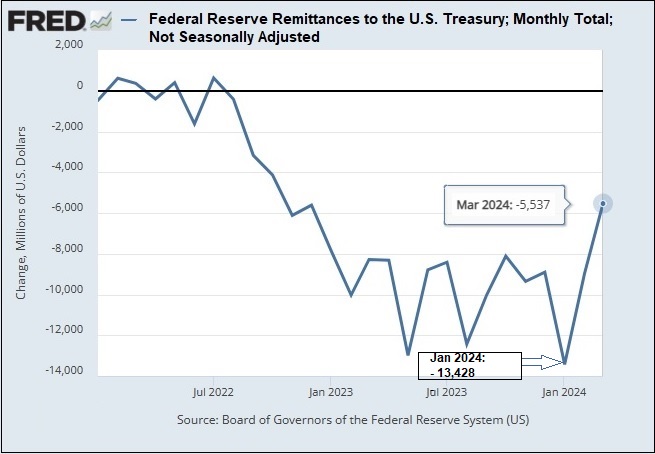Is Federal Reserve Script Starting To Sound Familiar?
by Chris Marcus, Miles Franklin:

On Thursday the volatility in the stock market continued, with the Dow Jones at one point down over 700 points before closing at 24,947. Well off its 26,951 high from October 3rd.
Interestingly the market did rebound, and ended up only down 79 points on the day. Although just take a guess at what led to the reversal.
“But stocks pared their declines after The Wall Street Journal reported Federal Reserve officials are considering whether to signal a new wait-and-see mentality after a likely interest-rate increase at their meeting in December, which could slow down the pace of rate increases next year.”
To those in the precious metals and Austrian Economics communities, the news hardly comes as a surprise. In many ways, it’s more surprising that the Fed has waited as long as it has to finally hint at reversing course.
The signs of the downturn in the real estate market are there for those who choose to look. As the market is struggling to absorb the higher interest rates, similar to what happened in 2006-2007 when the Fed was raising rates prior to the collapse of the sub-prime bubble.
Now over the past 2 months the impact of the rising rates has been felt in the stock market as well. And it appears as if the Federal Reserve may be nearing its threshold for how long it plans to sit by and watch.
“Officials still think the broad direction of short-term interest rates will be higher in 2019, the Journal reported pointing to recent interviews and public statements. But as they push up their benchmark, they are becoming less sure how fast they will need to act or how far they will need to go
While CME data gave a 76.6% probability of a rate increase at the Fed’s December meeting, figures show a less clear consensus for 2019, reflecting estimates of just over one rate raise. But some analysts see that as an overly dovish forecast.”
Which has been predicted by many in the Austrian community, for the simple reason that the Federal Reserve long-ago backed itself into a corner. Where after a decade of unprecedented monetary easing, it’s now faced with the unenviable choice of either continuing to print and further make a mockery out of the dollar. Or raise rates and face the consequences.
And given the Fed’s past track record, it’s incredibly likely that they’re eventually going to resort to cranking up the presses again. Likely in amounts far in excess of what we’ve already seen. For the simple reason that the bubbles are bigger, and it takes increasingly larger amounts of money to keep them inflated.
Interestingly, the yield on the benchmark U.S. 10-year Treasury has come in substantially to 2.90%. Which means the bond market has been rallying as investors continue to follow the long-held, yet fatally flawed premise that U.S. treasuries and dollars are a legitimate safe haven asset.
Yet at least for now, the traditional response to buy treasuries and dollars during periods of stock market chaos has continued. And to some degree can be expected going forward, at least in the near-term. Yet it’s one of those flawed assumptions that holds true until one day when it doesn’t. Just like the once-held belief that housing prices would never fall.
The unfortunate reality for the Federal Reserve is that there is no way easy way out now. The easy way out was to not print money to begin with. But now it’s been done, and the impact of the consequences is being felt. And the Fed will have to choose between standing by and watching the markets collapse as rates rise, or revert back to more printing to delay the inevitable.
Loading...



